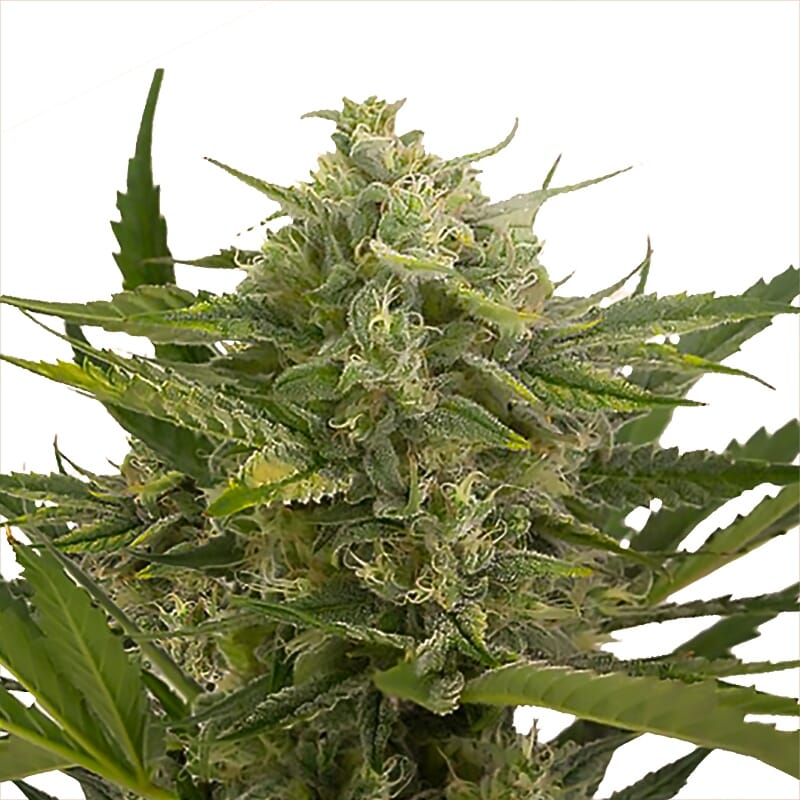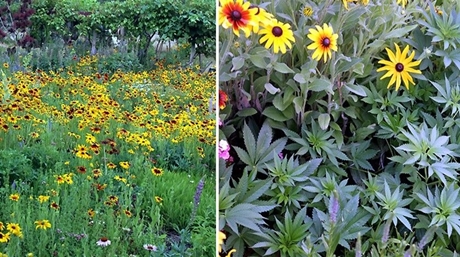The cannabis grow season is the crucial period when outdoor conditions align perfectly for transplanting your seedlings, setting them up for vigorous vegetative growth and abundant flowering. By timing your planting to local temperature ranges, daylight hours, and seasonal patterns, you’ll ensure stronger roots, healthier foliage, and maximized yields. In this guide, you’ll discover how to identify your ideal cannabis grow season and prepare your garden for success.
Understanding the cannabis grow season
The term “cannabis grow season” describes the specific window each year when outdoor conditions—temperature, daylight hours and moisture—are ideal for transplanting and cultivating cannabis seedlings. During this period, daytime temperatures typically range between 15 °C and 25 °C, nights stay above 10 °C, and frost risk is minimal. Daylight hours increase steadily, providing up to 14–16 hours of natural light that fuels vigorous vegetative growth. Conversely, as days shorten toward the end of the season, plants naturally transition to the flowering stage. Understanding your local grow season means monitoring regional climate patterns and frost dates to select the perfect transplant date: early enough to maximize vegetative growth, yet late enough to avoid cold snaps that can stunt young plants.
Why timing is key when transplanting outdoors
Transplanting seedlings too early or too late can drastically affect plant health and yield. If you move young cannabis plants outdoors before nighttime temperatures consistently stay above 10 °C, root development may slow and leaves can incur cold stress. Conversely, planting after the peak vegetative period shortens the growth phase, limiting canopy size and flower production. By pinpointing the start of your cannabis grow season, you ensure seedlings spend enough time in the vegetative stage to develop robust stems and foliage before shifting into flowering.
Local weather patterns—such as late spring frosts, sudden heat waves, or heavy rains—also dictate the transplant window. Checking long-term forecasts and historical frost dates helps you avoid extreme events that can shock plants. For growers in temperate regions, it’s wise to wait until two weeks after the last average frost date; in warmer climates, aim for when daily highs consistently reach 20–22 °C. This strategic timing reduces stress, improves nutrient uptake, and sets the stage for a healthy, productive cannabis grow season.
Best season to plant cannabis grow season
In the northern hemisphere, the optimal transplant window for your cannabis grow season typically spans from early March through late May. During this period, daytime temperatures stabilize between 15 °C and 25 °C, and the risk of frost diminishes. Seedlings transplanted in March–May benefit from 12–16 hours of daylight, allowing ample time for vegetative growth before flowering triggers around the summer solstice.
Conversely, in the southern hemisphere, growers should aim to transplant between early September and late November. These months mirror northern spring conditions, with warming temperatures and lengthening days fostering strong root establishment and foliage development. Timing your transplant to this window ensures your plants capitalize on the full vegetative phase, setting the stage for a robust flowering period from March to May.
Year-round harvesting opportunities near the equator
Growers located near the equator enjoy a unique advantage: minimal variation in day length and consistent temperatures year-round create a near-continuous cannabis grow season. With average temperatures hovering between 20 °C and 30 °C and daylight lasting roughly 12 hours daily, plants can transition naturally between vegetative and flowering stages without dramatic environmental cues.
To manage perpetual growth, equatorial cultivators often stagger planting dates or use different strains to maintain a constant supply. Early-flowering varieties can be harvested within 8–10 weeks, while longer-season sativas may take up to 14 weeks. By planning successive batches and monitoring photoperiod through supplemental lighting or blackout tents, growers can tailor flower induction and harvest schedules to meet demand throughout the year.
The importance of a 12-hour light and dark cycle
Cannabis is a photoperiod-sensitive plant, meaning its transition from vegetative growth to flowering is triggered by the length of uninterrupted darkness it receives. For most photoperiod strains, a near-equal split of light and dark—approximately 12 hours each—is required to initiate bud development. In natural outdoor settings, this balance typically occurs around the autumn equinox (late September in the northern hemisphere, late March in the southern hemisphere).

Latitude plays a major role in how—and when—plants naturally receive a 12-hour cycle. In lower latitudes, day length remains close to 12 hours year-round, which can lead to erratic flowering if using photoperiod varieties. Conversely, higher latitudes might only reach 12 hours of darkness well into autumn, potentially delaying flowering until cooler temperatures increase stress. To maintain control, growers often employ simple blackout methods—covering plants with opaque tarps for the requisite dark hours—to simulate the ideal 12/12 cycle and trigger flowering at a chosen time.
Strain-specific considerations within your cannabis grow season
Different cannabis varieties respond uniquely to environmental cues and seasonal windows. Indica-dominant strains generally have shorter flowering cycles (7–9 weeks) and may be ideal for cooler climates or shorter cannabis grow season periods. Sativa-dominant strains, by contrast, often require 10–14 weeks of flowering and thrive in longer warm seasons with extended daylight.
When selecting seeds, consider the strain’s origin: landrace varieties from equatorial regions may struggle at higher latitudes with extreme day-length shifts, while alpine landraces from mountain regions often withstand cooler nights and shorter seasons. Autoflowering strains bypass photoperiod sensitivity entirely, transitioning to flowering after a set vegetative period (usually 3–4 weeks) regardless of light cycle—making them a flexible choice for growers facing unpredictable seasonal windows.
Customizing planting time to your preferences
Beyond geography and strain selection, growers can tailor their cannabis grow season to personal goals, cultural practices, or legal constraints. By adjusting planting dates, you can influence plant size, harvest timing, and security considerations.
- Lunar gardening: Some cultivators plant according to moon phases, believing sowing during a waxing moon enhances root development and yields.
- Guerrilla growing: To keep plants discreet, guerrilla growers often transplant later in the season, resulting in smaller, less conspicuous plants that are easier to camouflage.
- Legal limits: In regions with plant-count restrictions, starting early in the cannabis grow season allows plants to reach full size within the legal limit, maximizing yield per plant.
- Climatic anomalies: In years with erratic weather—late frosts or early heat waves—shifting your transplant date by a few weeks can avoid stress and ensure a stable cannabis grow season.
Research and plan ahead for your cannabis grow season
Before committing your seedlings to the outdoors, take time to research your local climate, frost dates, and typical weather patterns. Consult agricultural extension services or online frost date calculators to determine the average last and first frost dates for your area. Track historical rainfall and temperature ranges to anticipate dry spells or heat waves that could stress plants. If your chosen strain isn’t well-suited to your latitude or seasonal window, consider alternative methods such as indoor cultivation, greenhouse propagation, or the use of season-extending tools like cloches and cold frames. Planning ahead also means having nutrient schedules, pest-management strategies, and supplemental lighting or shading solutions ready before transplant day. With thorough preparation, you’ll avoid surprises and give your garden the best chance for a successful cannabis grow season.
Conclusion: Maximizing your cannabis grow season
Mastering your cannabis grow season involves aligning transplant timing with local environmental conditions, selecting strains suited to your latitude, and adapting cultural practices to your personal goals. By understanding frost dates, daylight cycles, and photoperiod requirements, you can optimize vegetative growth and flowering for robust yields. Whether you’re taking advantage of year-round equatorial climates, leveraging autoflowering genetics, or timing guerrilla grows for discretion, strategic planning is key. With the insights and recommendations in this guide, you’re equipped to confidently schedule your outdoor transplants, monitor your garden’s progress, and harvest abundant, high-quality buds. Embrace the rhythm of your local seasons, and let your cannabis grow season become the foundation of a thriving, rewarding cultivation experience.
For further authoritative guidance on outdoor hemp and cannabis cultivation, see Cornell University Hemp Program – Growers Resources.















